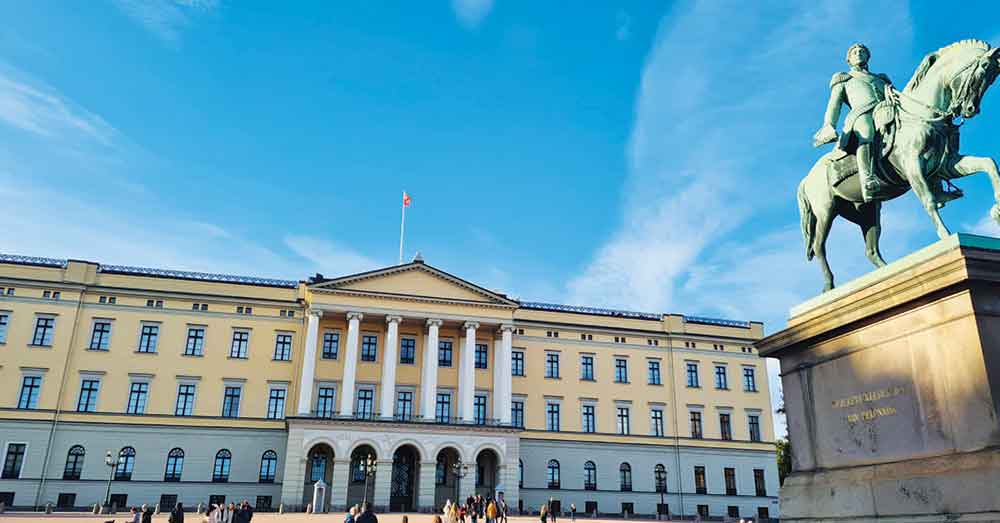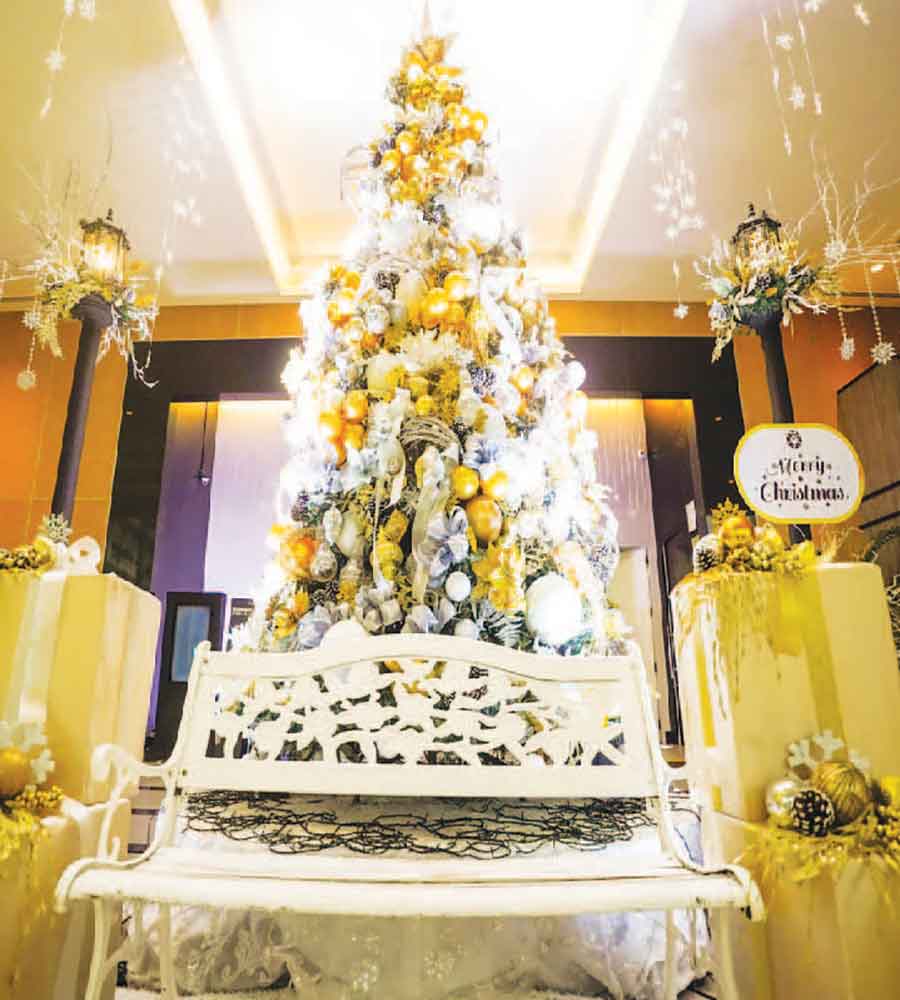As the plane descended through a sea of clouds, the Scandinavian Peninsula emerged beneath. It was October, and the promise of autumn’s chilly weather hung in the air, setting the stage for a journey that would unveil the true heart of Norway’s capital city.
Visiting Oslo for the first time in October is a perfect time to explore a city known for its fusion of modernity and timeless charm. You’ll experience the city as it transitions into autumn, with the foliage turning beautiful shades of red and gold.
October can be quite chilly, so pack layers and warm clothing. Rain is possible, so a waterproof jacket and comfortable, waterproof shoes are advisable.
Whether you’re into hiking or simply enjoying a stroll, Oslo offers a wide range of tourist destinations.
The sculptures at Vigeland Park are impressive any time of year, but the fall foliage provides a beautiful backdrop. This park is the largest sculpture park in the world dedicated to a single artist, Gustav Vigeland.
Born in 1869, Gustav Vigeland was a Norwegian sculptor best known for his depictions of the human form. His work often explores themes of life, death, and the human condition. Vigeland spent much of his career working on sculptures for the park.
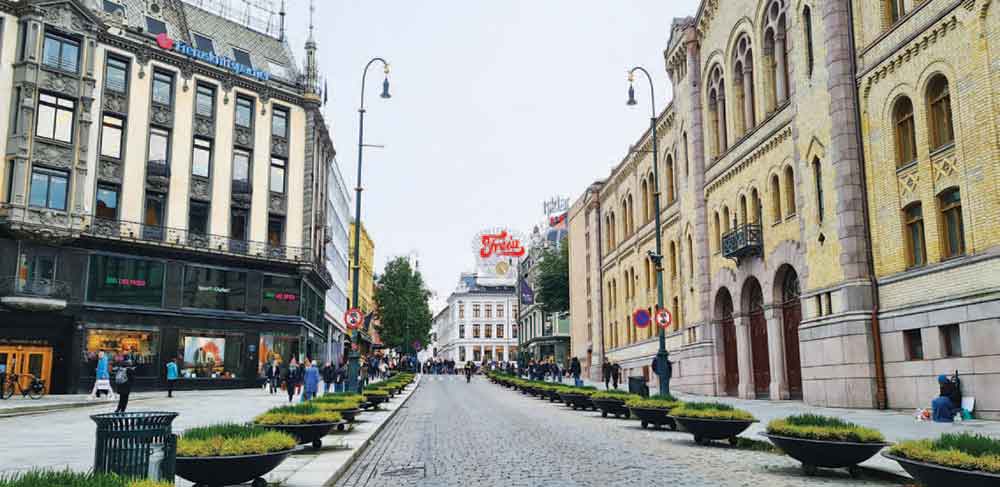
The idea for Vigeland Park began in the early 20th century when Vigeland agreed with the city of Oslo. In 1921, a plot of land in Frogner Park was designated for the project.
Vigeland not only created the sculptures but also designed the layout of the park. Begin with the bridge, adorned with 58 bronze sculptures, showcasing the various stages of human life, from birth to death. These sculptures are known for their emotional intensity and realism.
The Fountain, another prominent feature of the park, is a large bronze structure depicting numerous figures engaged in various activities. It symbolizes the life force of humanity
The central axis of the park is a long, straight pathway featuring the famous Monolith, a towering sculpture carved from a single block of granite. It is intricately carved with intertwined human figures, representing the circle of life. The Monolith is surrounded by a mosaic of individual sculptures.
The park was officially opened to the public in 1940. Vigeland passed away in 1943, but his legacy lives on through Vigeland Park, which attracts millions of visitors each year who come to admire the artistry, symbolism, and emotional depth of Vigeland’s sculptures.
The next stop would be the Oslo Opera House and the nearby attractions at the waterfront.
The Oslo waterfront is a picturesque and vibrant area along the shores of the Oslo Fjord, offering a stunning blend of natural beauty, modern architecture, and cultural attractions. The combination of water, sky, and green spaces creates a tranquil and scenic environment.
The waterfront is home to several cultural landmarks, including the Oslo Opera House. The building is characterized by its contemporary and innovative design, featuring a sloping roof that allows visitors to walk to the top and enjoy panoramic views of the city and the Oslofjord.
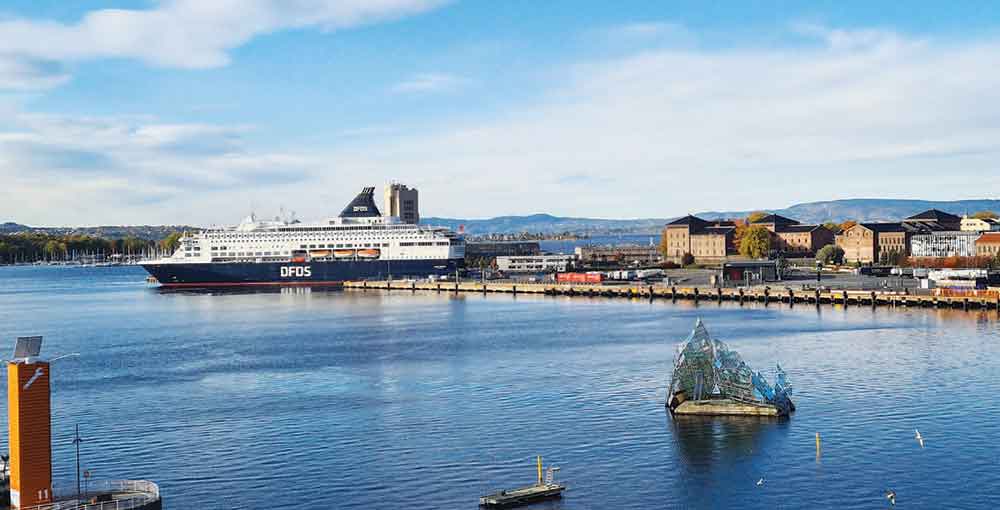
Construction of the opera house began in 2003 and was completed in 2007. The exterior of the opera house is clad in white Carrara marble and aluminum, contributing to its sleek and modern appearance.
The opera house houses the main performance venue, known as the Main House or the Operasalen, with a seating capacity of over 1,300. The hall is designed for opera and ballet performances and is renowned for its exceptional acoustics.
The Oslo Opera House has become a cultural hub in the city, hosting a variety of performances, including opera, ballet, concerts, and theatrical productions. Its design and cultural significance have made it a notable landmark in Oslo.
Aker Brygge is a prominent part of the waterfront, known for its modern architecture, shopping, dining, and recreational spaces. It was historically an industrial area along the Oslo Fjord, home to shipyards and factories. In the mid-20th century, as industrial activities declined, the area underwent redevelopment to transform it into a vibrant urban space.
In the 1980s, Aker Brygge underwent a significant transformation led by the Aker Brygge Foundation. The industrial facilities were replaced with contemporary buildings, creating a modern and attractive waterfront neighborhood.
The architecture is characterized by modern and innovative designs. The buildings feature a mix of residential apartments, office spaces, and commercial establishments, contributing to a dynamic and cosmopolitan atmosphere.
It is home to a diverse range of shops, boutiques, cafes, and restaurants, offering both local and international cuisines. The area is particularly popular for its waterfront dining options.
In addition to modern structures, the waterfront features historical architecture, such as the City Hall (Radhuset), which overlooks the harbor. The City Hall is renowned for its distinctive design and serves as a symbol of Oslo.
After a meal, walk towards the Royal Palace of Oslo, commonly known as the Oslo Palace, which is the official residence of the Norwegian monarch in the capital city.
The Royal Palace was built in the first half of the 19th century as the Norwegian residence for King Charles III, who was also King of Sweden. Construction began in 1824 and was completed in 1849.
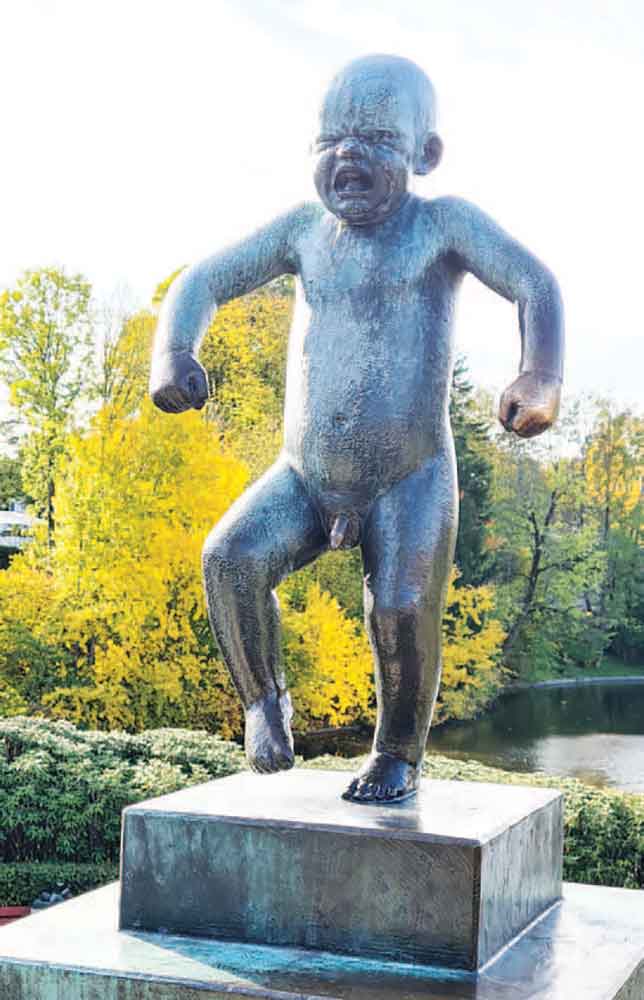
The palace is designed in the Neo-Classical architectural style, characterized by symmetry, columns, and a sense of grandeur. It features a facade with a central projection and two wings, creating a balanced and imposing appearance.
While the Royal Palace is the official residence of the monarch, King Harald V, and Queen Sonja, it is also used for official events, state visits, and ceremonies. The palace is open to the public during the summer months, allowing visitors to explore its state rooms and learn about its history.
The palace is guarded by the King’s Guard, and the daily Changing of the Guard ceremony is a popular attraction for tourists. The guards, dressed in distinctive uniforms, march from the nearby military camp to the palace square.
Visitors to Oslo often appreciate the Royal Palace not only for its architectural elegance but also for its role in Norwegian history and its continued significance in contemporary royal affairs.
The Royal Palace is situated on a rise at the end of Karl Johans Gate, named after King Charles III John (Karl Johan in Norwegian).
Commonly known as Karl Johan, the main street of Oslo stretches from the Oslo Central Station to the Royal Palace, providing a central axis for the city.
The street has historical significance as it connects several important landmarks, including the Parliament of Norway (Stortinget), the University of Oslo, the National Theatre, and the Royal Palace. It serves as a central thoroughfare for both locals and visitors.
Karl Johan is a bustling street lined with shops, cafes, and restaurants. It is a popular shopping destination and a vibrant cultural hub, hosting events, parades, and celebrations.
Karl Johan is a key attraction for tourists exploring Oslo, offering a mix of historical architecture, modern amenities, and a lively atmosphere. It provides a glimpse into the city’s past and present.
Whether strolling along its sidewalks, enjoying its shops, or attending cultural events, Karl Johan remains a central and iconic feature of Oslo, embodying the city’s history and contemporary vibrancy.
At the southern end of Karl Johans Gate is the City Center, often referred to as Sentrum, which is the central business and cultural district of Oslo.
The City Center has historical significance, with roots dating back to the foundation of Oslo in the 11th century. Over the years, it has been the focal point for political, economic, and cultural activities in the city.
Oslo Central Station, located at the southern end of Karl Johans gate, serves as a central transportation hub, connecting various modes of transportation, including trains, buses, and trams.
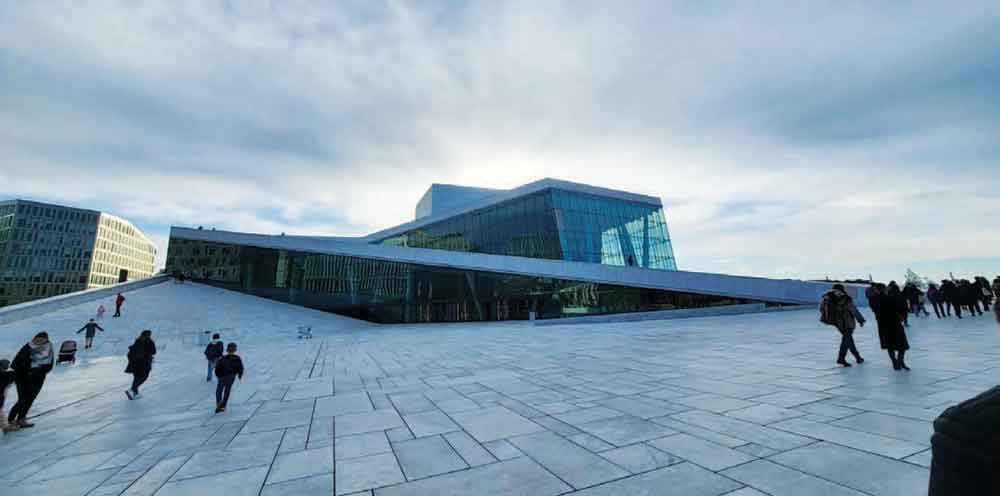
If time permits, do visit the Holmenkollen Ski Museum and Tower, closely tied to the history of skiing in Norway, one of the birthplaces of modern skiing.
The site is renowned for its ski jump, the Holmenkollbakken, which has been a venue for ski jumping competitions since 1892. Over the years, the ski jump has undergone several reconstructions and improvements.
The Ski Museum, established in 1923, is the world’s oldest ski museum. It is located at the base of the Holmenkollen Ski Jump and showcases the history of skiing, featuring a collection of artifacts, equipment, and memorabilia related to the sport.
The combination of the historic ski jump, the museum, and the tower make Holmenkollen a must-visit destination for those interested in the history and culture of skiing, as well as those seeking stunning views of Oslo and its surroundings.
Overall, Oslo offers a unique blend of natural beauty, cultural richness, and a high quality of life, making it a destination worth including on your travel bucket list. Just remember to check the opening hours of attractions, as some may have seasonal variations.

